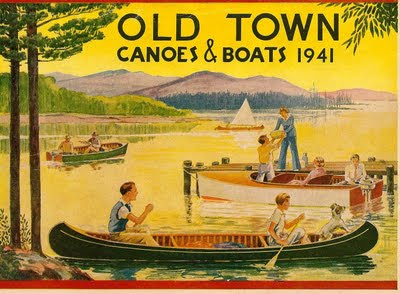 |
| Photo by Debra Madan on board the good ship MORNING STAR.2009. |
It was a productive and enjoyable founding year for Saltwater People Historical Society. Mariners, historians, and interested parties from several islands have come together to share and collect stories and remnants of our earlier maritime antics.
It was a pleasure to have the help of the following people:
Miles McCoy who donated a framed 14" x 24" vintage photo of the Schooner AZALEA when she was the flagship of the codfishing fleet owned by Robinson Fisheries, Fidalgo Island. This photograph serves to illustrate the archived notes shared by Ellen Bruns Madan, written by her father Eber, of his two seasons sailing as a member of the AZALEA crew in the early 1920s. Eber was born on Lopez, grew up and married on Shaw Island, and then moved with his wife and family to Orcas Island, where he had an interesting land-based career.
William B. Evans donated huge new signal flags from the Tatoosh Island weather station where he was stationed in the 1950s. The flags are larger than the home where they currently live in the warm and dry. With the flags came Pacific Ocean charts, a finely illustrated drawing of Bellingham Bay and Fairhaven in 1891, related posters, a shell-back certificate issued by the USN in 1929, and THEN there's the mounted King Crab specimen that once graced the former Warshall's Sporting Goods store in Seattle. The species is not native to our region, but some of the local fishermen were involved in that fishery. Just try me... I'll find a connection to our archipelago.
Former fisherman Jon Boyer has shared an antique steamer trunk and some glass floats from his personal collection. Kit Africa, Dan Levin, Poul B. Olsen, and Schattauer Sails people have donated or made possible line drawings of vessels from their private files. Skip Bold parted with a wooden bilge pump and a life-ring from his boat, the CORAL SEA.
Taking liberty to slip back one year, flying over the Shaw Island Community Center, there is a gift from 2008. It is the ship windvane designed, crafted, and donated by steamboater John M. Campbell. It features the lumber schooner CAMANO, to commemmorate her 1919 connection to a local sailor, Capt. Lyle E. Fowler. John also made a windvane that sits atop the Orcas Post Office.
Fine books and journals were added to our reference library. We have these good people to thank; William B. Evans, Mr. and Mrs. Les Gunther, Robin Paterson, Mary Schoen, Gordon Tweit. To the rescue came angels Neil and Angela Bryant with two seven-foot wooden book cases to shelve the growing library.
In an earlier blog you learned of the generous donation by Louise Thomas -- the Old Town canoe once seen paddled throughout our county by S.J. County Engineer/Surveyor Errett Graham.
Oceans of thanks also to Louellen McCoy for her fine photo editing skills, John Kennell for some family images of the former pilot schooner GRACIE S; for care packages that come from Kae and Robin Paterson. Debra Madan facilitated the purchase of two pieces of marine art painted by Orcas islander Michelle De Long. Dave Yansen earns points for locating and hauling the heaviest contribution... a piston from the Washington Ironworks main engine of the dearly departed VASHON which he salvaged from the wreck site and donated to us recently. What can I say, some of us loved that boat. The piston has been underwater since 1986; it's being cleaned up before it is ferried out to SJ County.
Kit Africa traveled from Port Townsend to present our first program --- his childhood memories of sailing to Tahiti with his family on board Sterling Hayden's WANDERER in the late 1950s. A donation from sailor guy Mike Douglas made it possible to copy drawings that were loaned to us by Kit.
Captain Tony Lee, MORNING STAR, and rigger Brion Toss sang themselves through a wonderful presentation of their efforts with the restoration of the historical tall ship ELISSA.
To each and all of you and to any that I've temporarily forgotten, please know that firstly, you are adored, and secondly that you are important and necessary to this mission. Many thank-yous from the middle of my main.






.jpg)





